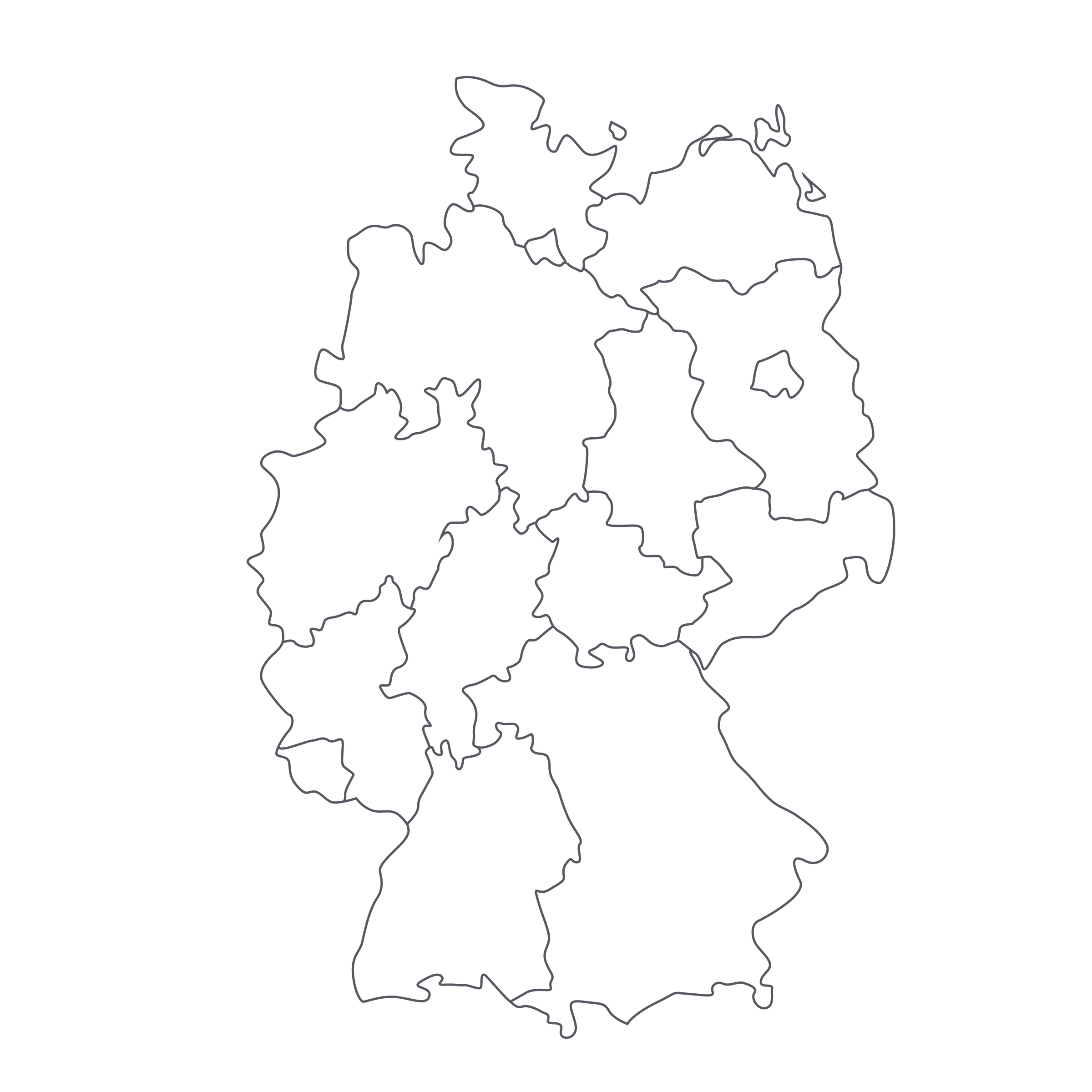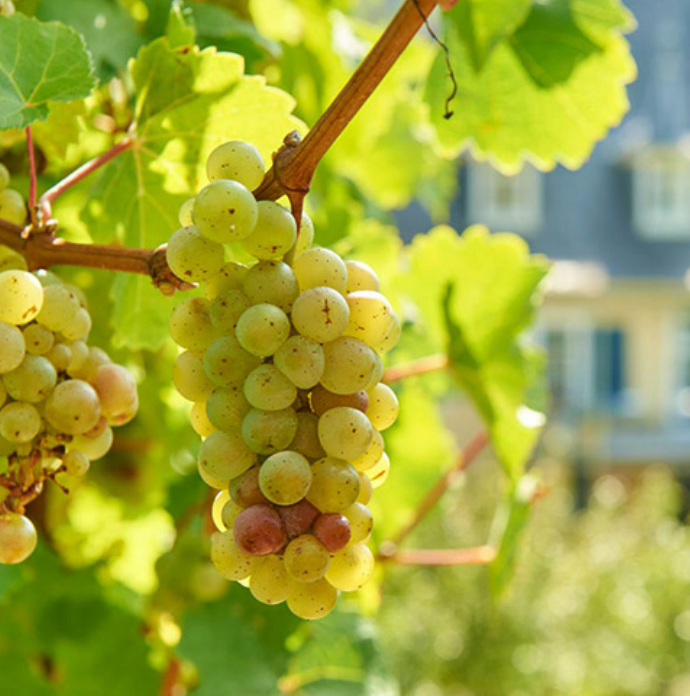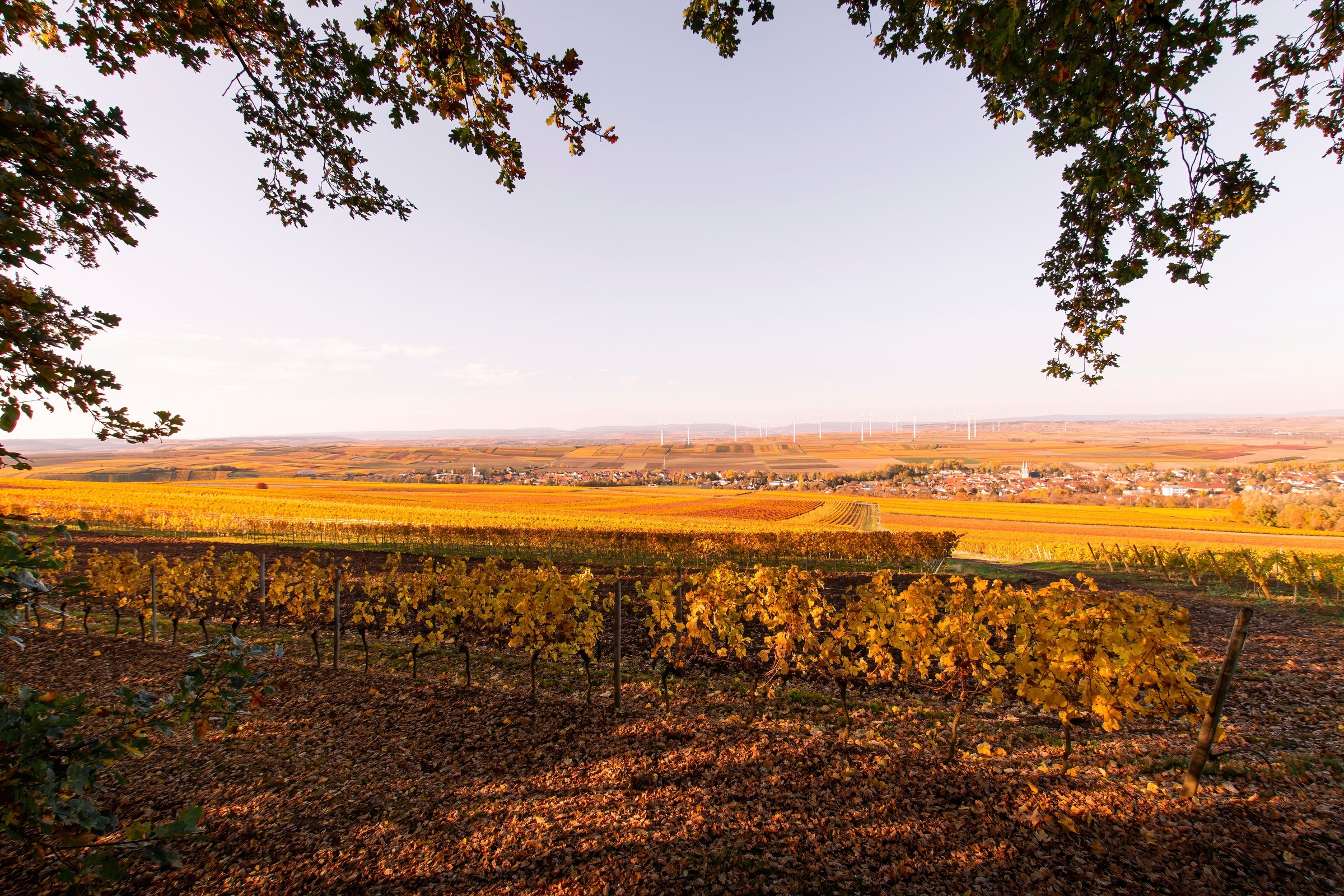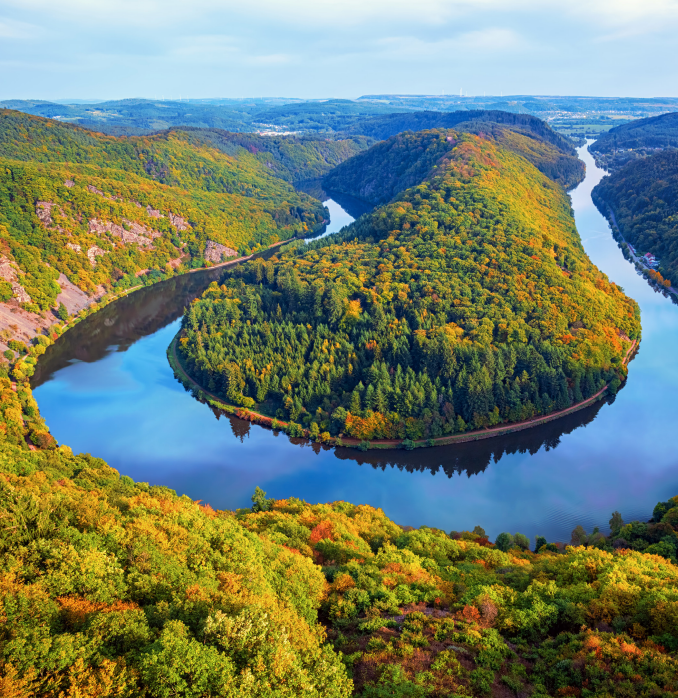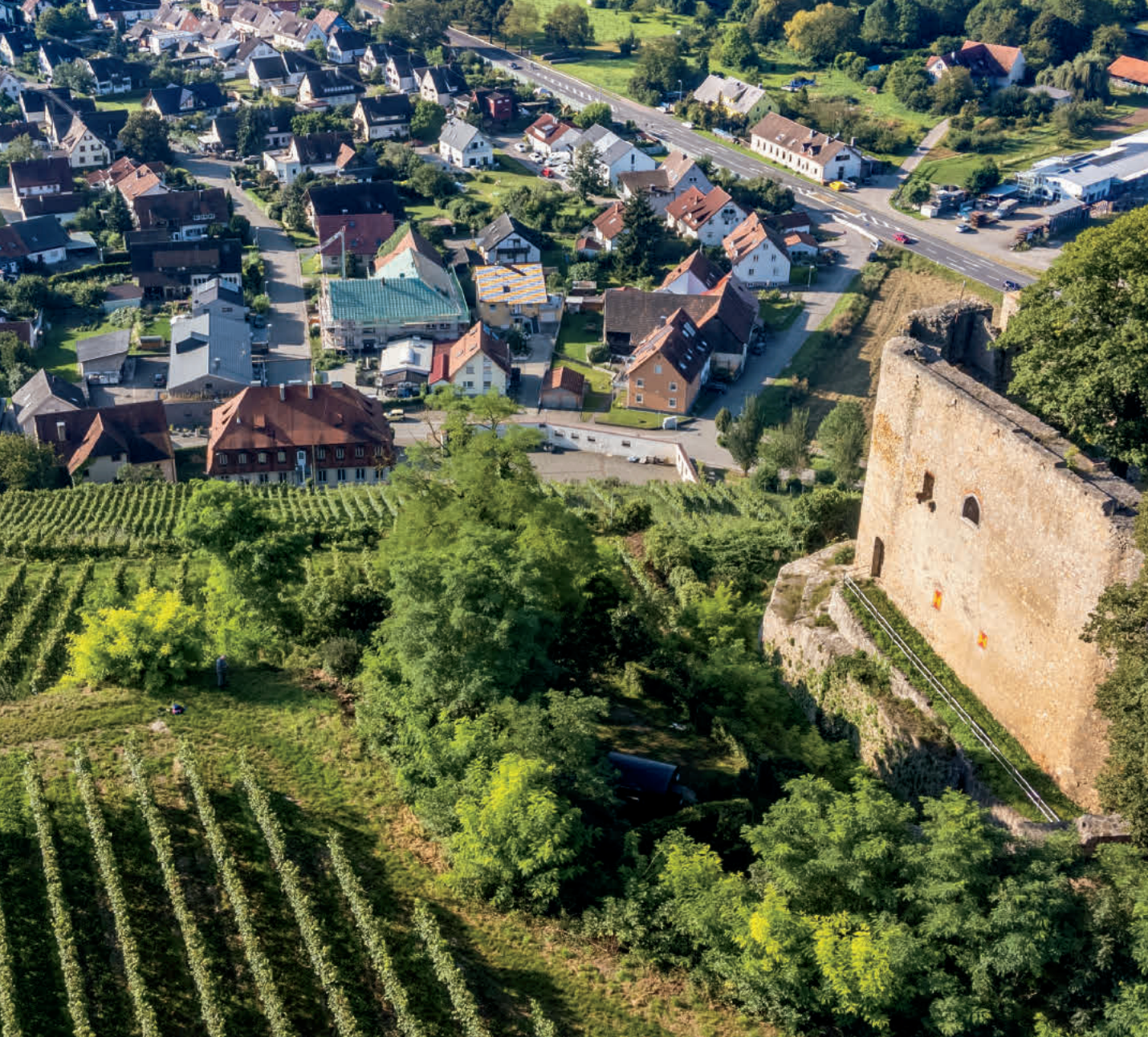From the darkness, a mythical creature emerges. In other words, Diefenhardt quietly stowed away a batch of today’s 1989 “Rothenberg” Riesling deep in their four-century-old cellar until we extracted it in late 2019. That’s 30 continuous years of maturation without one ray of sunshine. Thirty years of luxurious, Auslese-level ripeness integrating with an exotically rich mineral core. Thirty years of evolving aromas and mature flavors that send Riesling fanatics to the moon.
Coming entirely from super-concentrated grapes in the ancient “Rothenberg” vineyard (first mentioned in the year 1211), today’s extraordinary bottle was crafted only how authentic, age-worthy Riesling should be: in massive, age-defying barrels and bottle-aged in a perfectly still, pitch-black environment for its entire life. Of course, one would think there couldn’t much of this ‘89 left to go around—and one would be right. The handful of cases we have to offer today are the only bottles available for purchase on earth. Our exponentially growing fanbase for mature Riesling is guaranteed to remember today’s bottle as pure magic. It’s brimming with fascinating, live-wire energy and bursting at the seams with atomized minerals, exquisite fruits, and a supremely savory quality that all points to one thing: further cellar potential. So, I implore you to buy multiple bottles in order to delightfully explore every fluid ounce now and squirrel away the others for the years to come. It’s just that sensational.
When Jakob Diefenhardt acquired this historic property from a local baron in 1917, the estate became one of the first few members of the VDP, a leading organization founded in 1910 that comprises Germany’s top producers. Soon after, they were making serious noise around the world—quite literally: Their wines were on board mankind’s first-ever flight around the globe in 1929, and, according to an original ‘thank you’ letter that is in their possession, “became an object of fighting among some wine lovers.”
The property is now run by Peter Seyffardt and his daughter Julia, although today’s 1971 would have been produced by his father, Hans-Hermann Seyffardt. The wine’s raw material hails from the Erste Lage vineyard of Rothenberg within the village of Rauenthal. This 21-hectare site enjoys a great deal of sunshine and there was lots of it in ’89. From what we uncovered, the grapes underwent a cool, long fermentation and the wine subsequently aged in large, old casks (fuders) for about one year before bottling and aging in their original wine vault from the 1600s. This is where today’s batch remained for nearly 30 years until we purchased the small lot back in late 2019.
It’s important to remember that German Rieslings “lose” about one Pradikat level of sweetness per decade or so due to molecular changes in sugar. By no means am I saying the sugars mysteriously disappear. Over time, these sugars polymerize, or combine, with other compounds that make up the wine and the overall perception of sweetness is lessened. The same goes for acidity. That’s why this 1989 Auslese, which was originally loaded with acid (9.5 g/l) and sugar (46 g/l) has preserved itself so incredibly well. I can sense drooping eyelids, so we’ll move on...
In short, Diefenhardt’s 1989 “Rothenberg” Auslese has aged for 30 years, resulting in a breathtaking sensory experience that ends with a long, mouthwatering finish and the faintest kiss of savory sweetness. It displays a radiant golden yellow in the glass and within minutes, begins releasing some of the purest, most seductive mature aromatics imaginable: apricot, quince, yellow peach, yellow mango, salt-preserved lemon, citrus curd, honeycomb, acacia, petrol, underbrush, crushed slate, exotic wild herbs. The palate is equally extraordinary: richly layered, full of tension, and reverberating with powerful minerality, it starts lush and finishes dry. It’ll stun those who have purchased older Rieslings in the past and downright floor first-timers. When enjoying, do so around 50-55 degrees in all-purpose white stems and employ some patience—it’ll reveal more intricate layers as hours pass by. What a rare treat this is!


